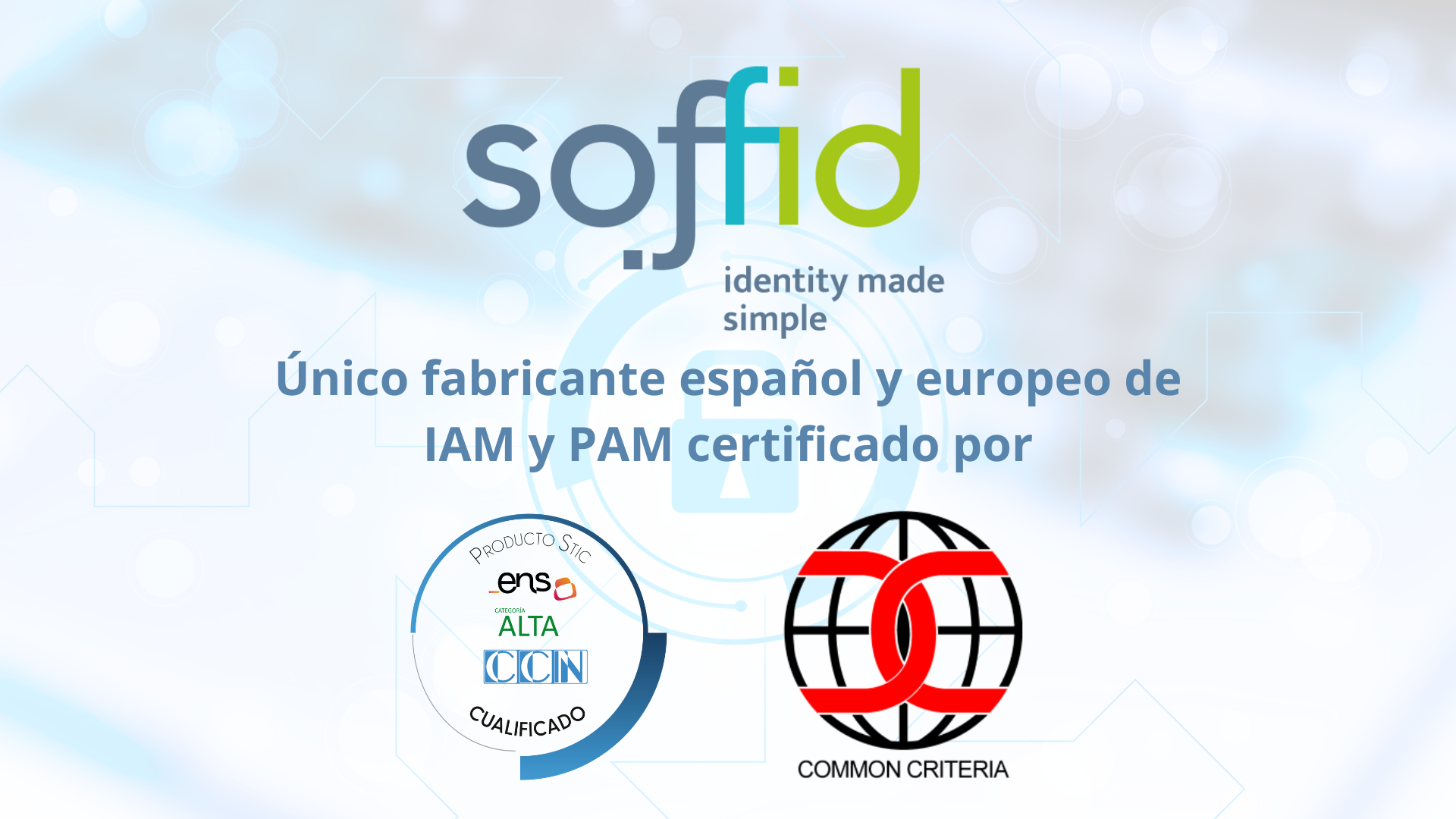In today’s regulatory landscape, ensuring compliance is not just a legal obligation, it’s a critical business priority. For industries managing sensitive data—such as finance, healthcare, and telecommunications—failing to comply with standards like GDPR, HIPAA, and ISO27001 can result in significant fines, reputational damage, and operational disruption.
At the heart of regulatory compliance lies Identity and Access Management (IAM), a key factor in securing user identities and controlling access to sensitive information. The complexity of compliance is often exacerbated by disparate systems and scattered data sources. However, this is where converged IAM platforms can make a difference by streamlining both security management and the auditing process.
The Challenge of Compliance in a Fragmented Environment
Compliance requires a full view of who has access to what data, how this access is granted, and whether it aligns with regulatory requirements. In many organizations, legacy systems, cloud environments, and third-party applications create silos that make it difficult to track identity lifecycles consistently. This fragmentation poses challenges in:
- Auditing Access: When user identities are managed across various systems, tracking and auditing access to data becomes a time-consuming and error-prone process.
- Reporting: Compliance audits require detailed reporting on access control, security policies, and the state of identities within an organization. Gathering this information from multiple disconnected sources complicates and delays audit readiness.
- Policy Enforcement: Enforcing consistent security policies across environments is challenging when each system has its own access management protocols.
How Converged IAM Simplifies Compliance
By integrating Identity Governance and Administration (IGA), Privileged Access Management (PAM), and Access Management into a single, unified platform, converged IAM solutions such as Soffid offer a streamlined approach to managing identities and meeting compliance requirements. Here’s how:
1. Unified Identity Governance
A converged IAM platform provides a single source of truth for all identity-related activities. This means that every identity—whether internal or external—can be tracked and managed from a central platform. With centralized visibility, organizations can easily generate reports on user access, permissions, and changes made to critical systems.
For compliance audits, this unified governance simplifies the process of proving that only authorized individuals have access to sensitive data, ensuring that the principle of least privilege is maintained across the organization.
2. Automated Reporting and Continuous Monitoring
Manual reporting can slow down compliance audits and increase the risk of human error. A converged IAM solution automates the collection of audit trails, providing real-time insights into who accessed what, when, and how.
With continuous monitoring and automated reporting, organizations can meet the documentation and reporting requirements of regulations such as GDPR and HIPAA more efficiently. Instead of scrambling to gather data at the last minute, auditors can access detailed, up-to-date reports with the click of a button.
3. Consistent Policy Enforcement
Compliance is not just about monitoring access—it’s also about enforcing consistent security policies across the organization. A converged IAM platform applies security policies uniformly, ensuring that every user’s access is governed by the same rules, regardless of the environment (on-premise, cloud, or hybrid).
For example, enforcing multi-factor authentication (MFA) for sensitive data access or automatically revoking permissions when an employee leaves the company can be managed seamlessly from a single platform, significantly reducing security gaps.
4. Enhanced Role-Based and Attribute-Based Access Control
Role-Based Access Control (RBAC) and Attribute-Based Access Control (ABAC) are both critical in ensuring compliance. A converged IAM platform can integrate these access control methods to provide granular control over who can access what data. This not only enhances security but also makes it easier to demonstrate to auditors that data access is strictly managed and aligned with business roles.
5. Efficient Identity Lifecycle Management
One of the key requirements for compliance is ensuring that users are granted the right access at the right time—and that access is revoked when no longer necessary. A converged IAM platform automates the identity lifecycle management process, from onboarding and access provisioning to deactivation and auditing. This automation ensures that no access is overlooked, reducing the risk of non-compliance due to human error.
The Business Impact of Simplifying Compliance
By leveraging a converged IAM platform, organizations not only ensure compliance with regulatory standards but also reduce the time and costs associated with preparing for audits. The automation and centralization provided by these platforms also improve operational efficiency, allowing IT teams to focus on strategic initiatives rather than being bogged down by manual compliance tasks.
Future-Proofing Compliance with Converged IAM
As regulatory requirements continue to evolve, businesses need solutions that can adapt quickly. Converged IAM platforms like Soffid empower organizations to stay compliant while streamlining operations and reducing the complexity of audits and reporting. With unified governance, automated reporting, and consistent policy enforcement, organizations can meet their compliance goals more easily—ensuring that security is not just a checkbox, but a cornerstone of their business strategy.





